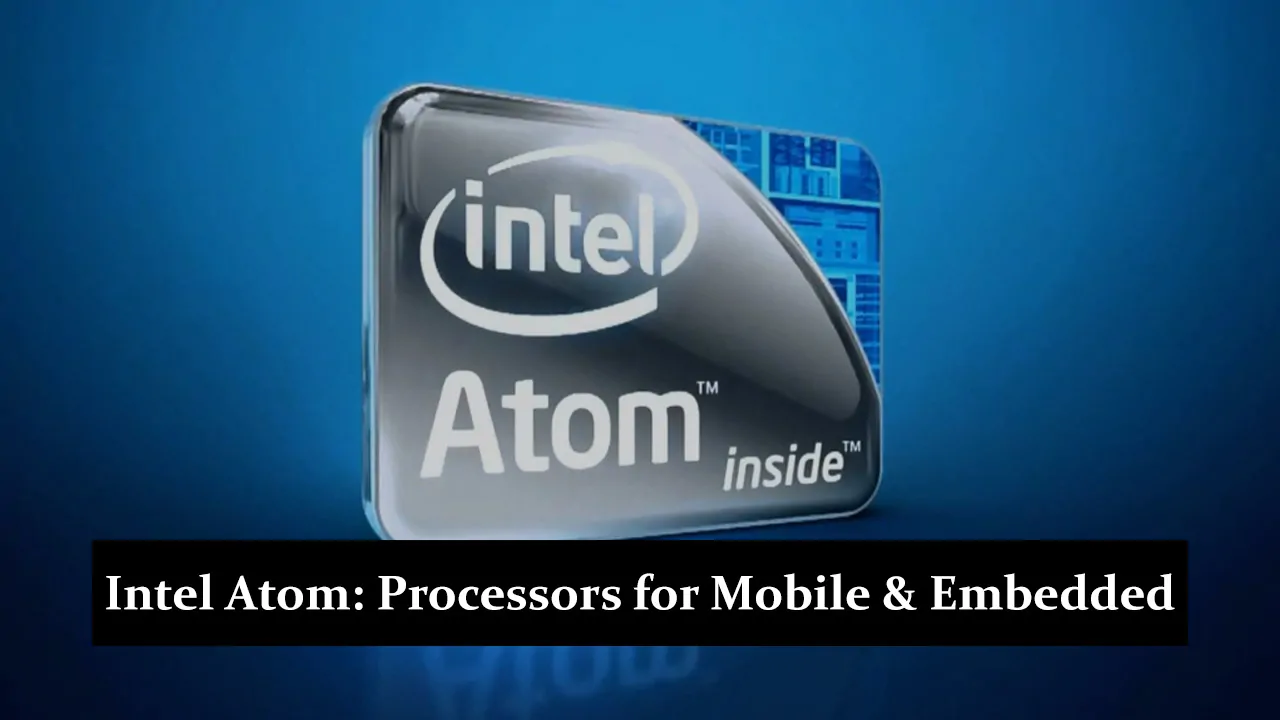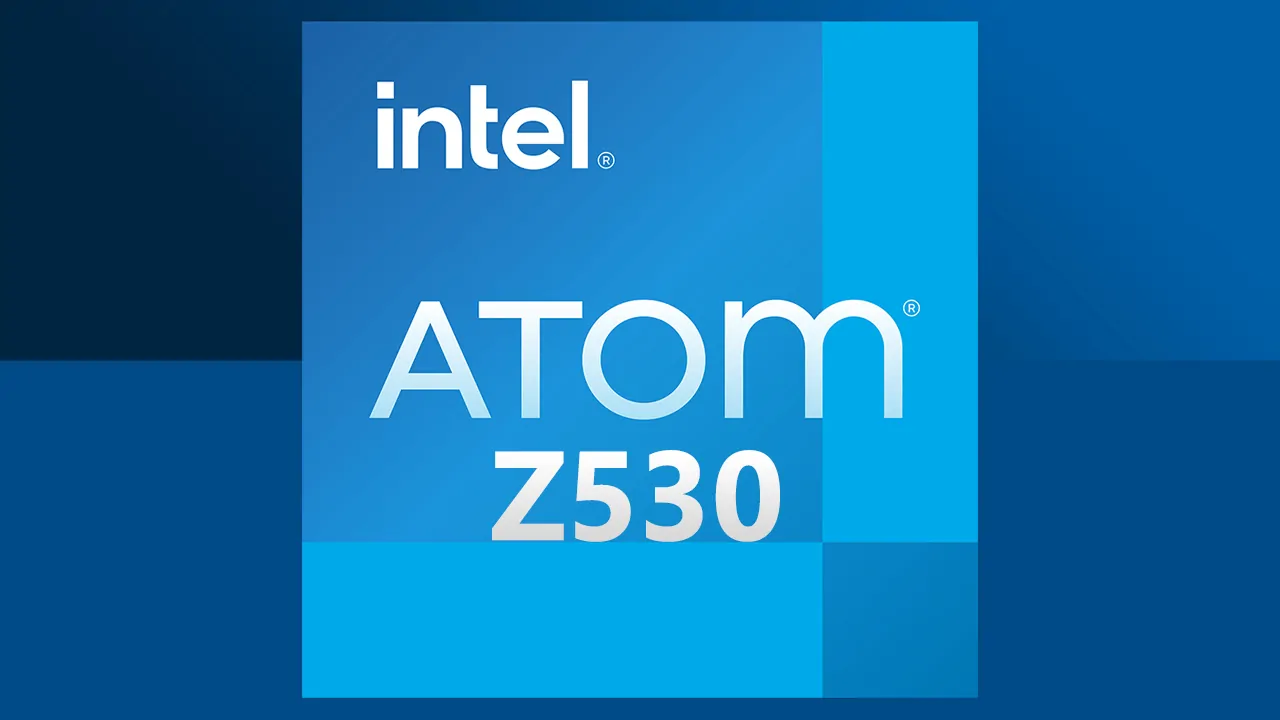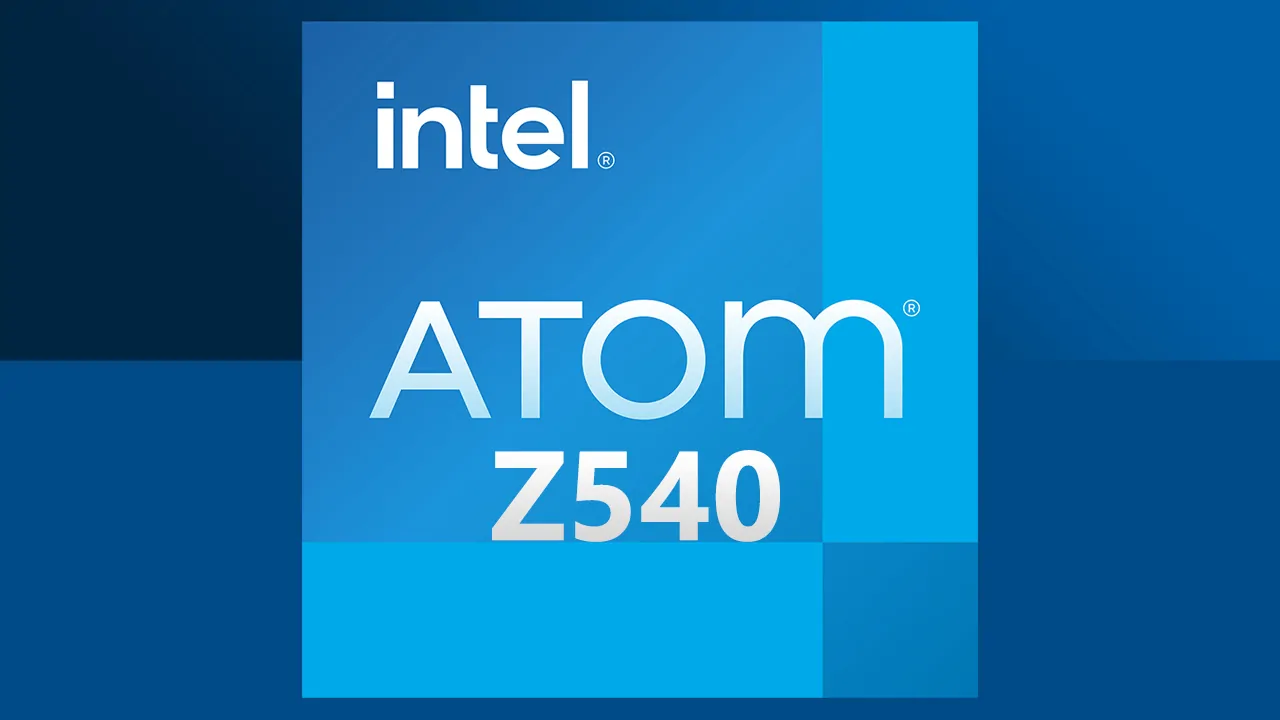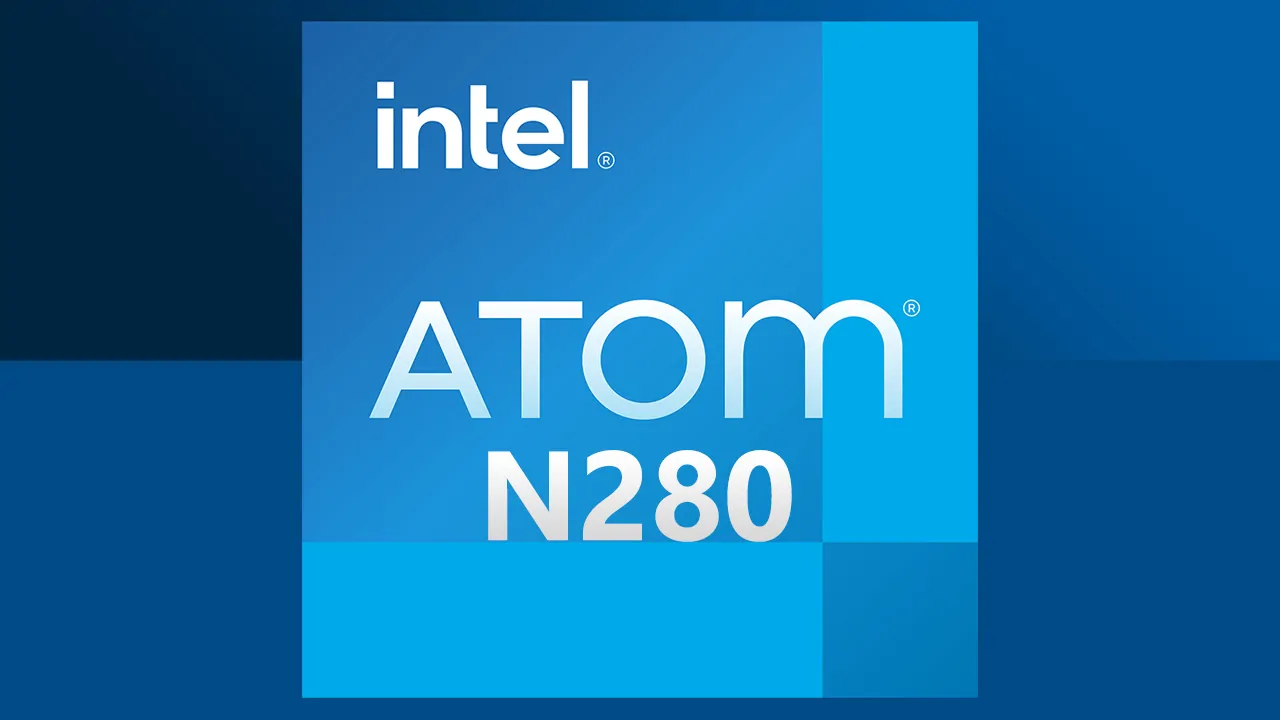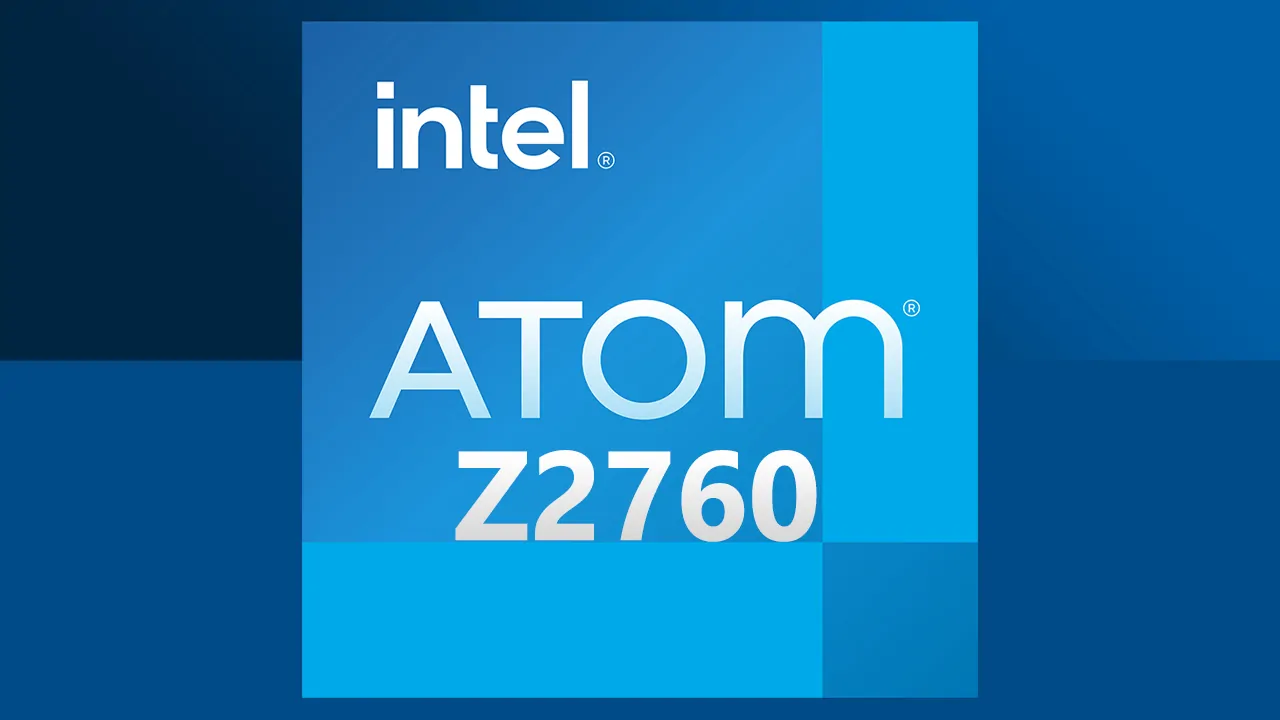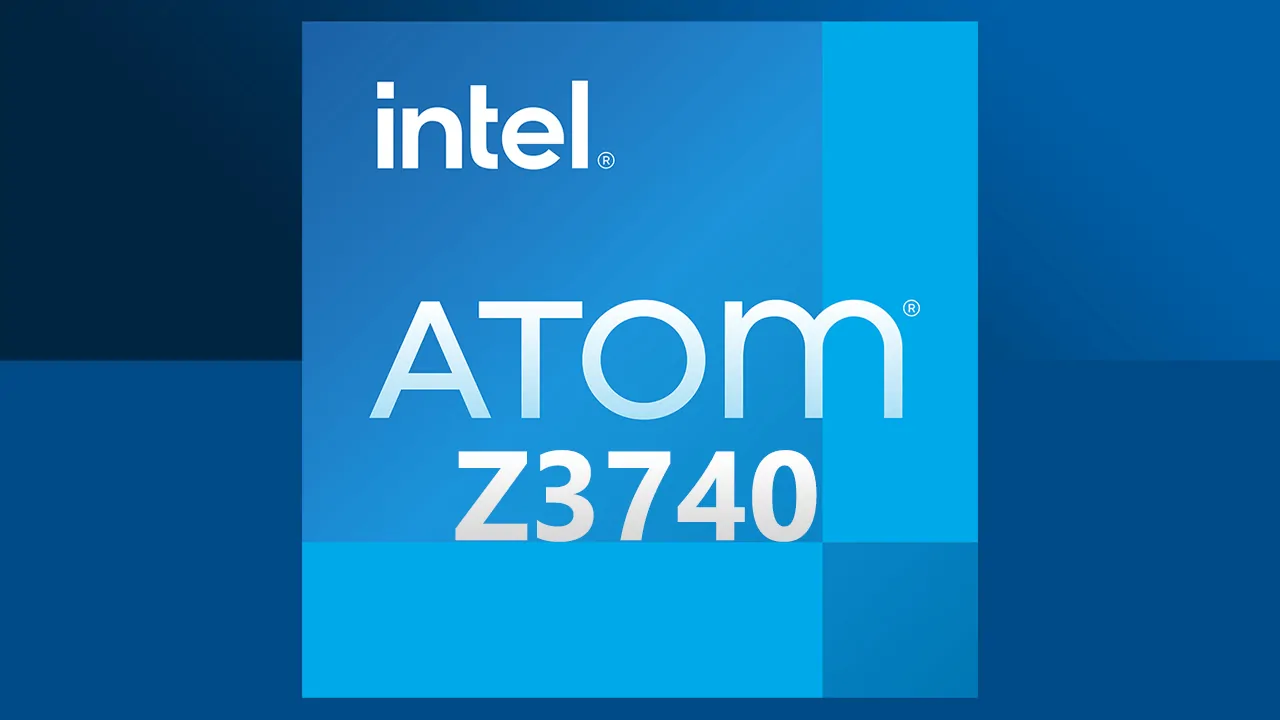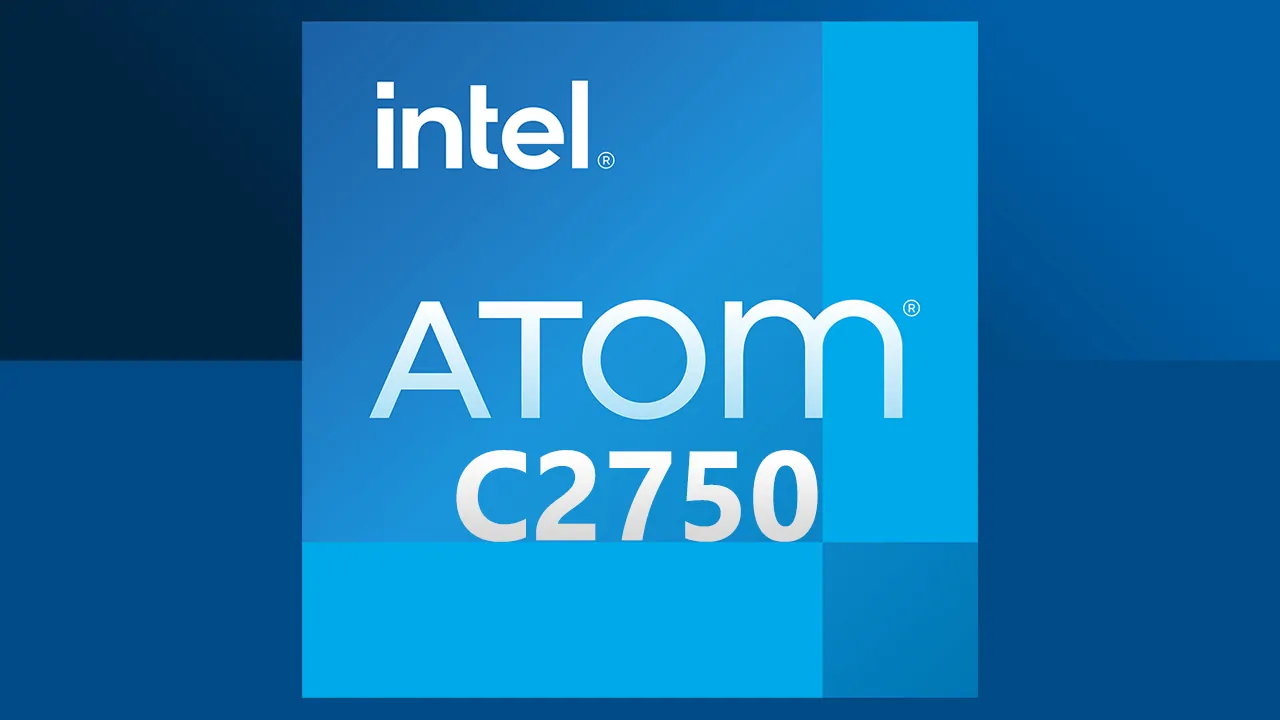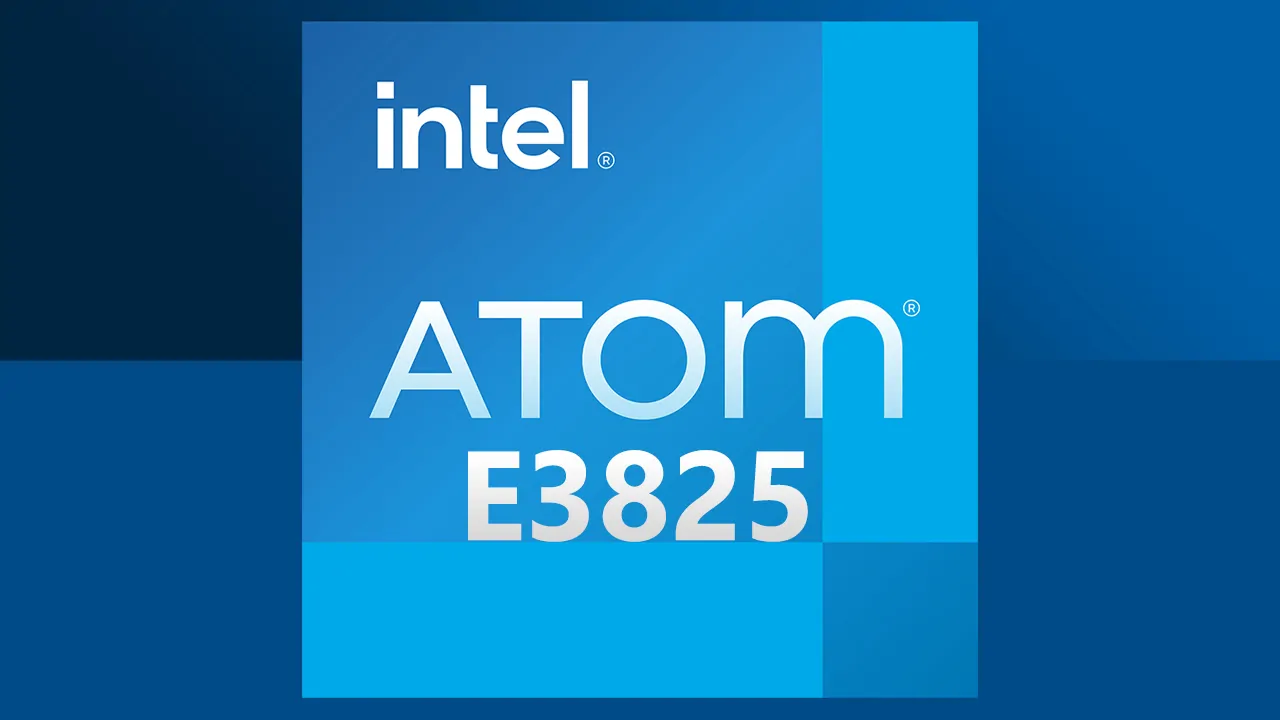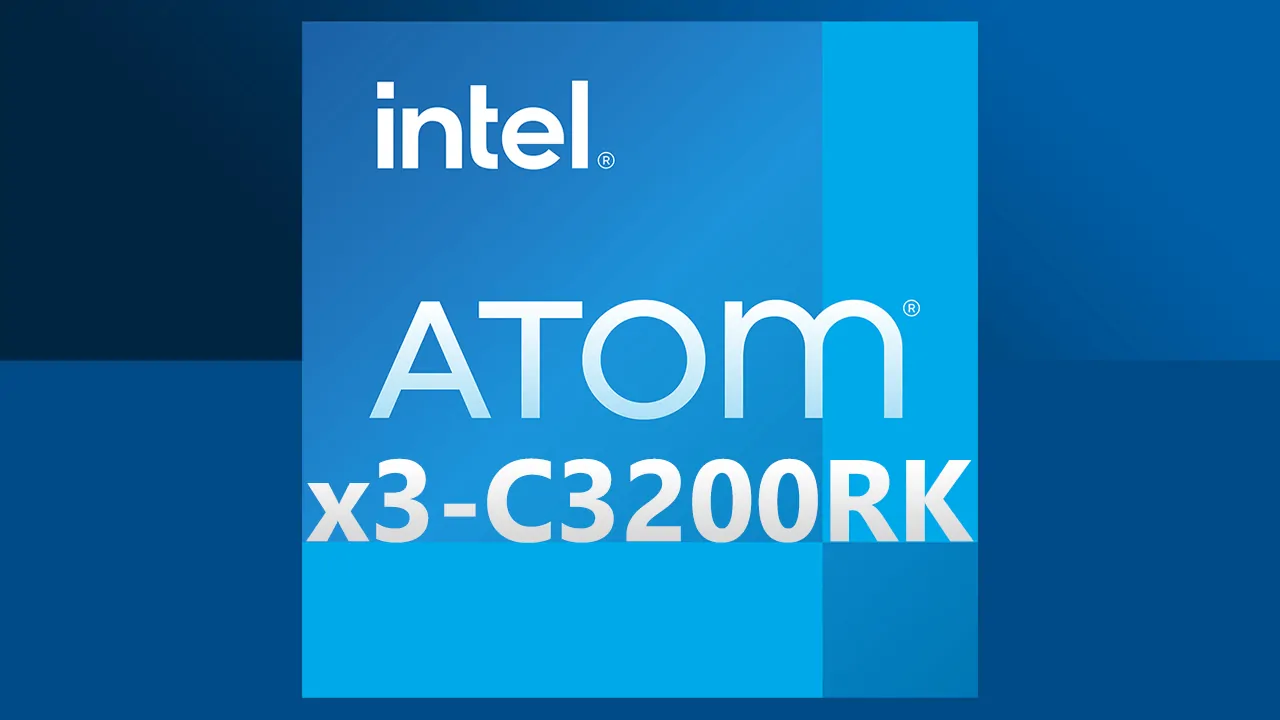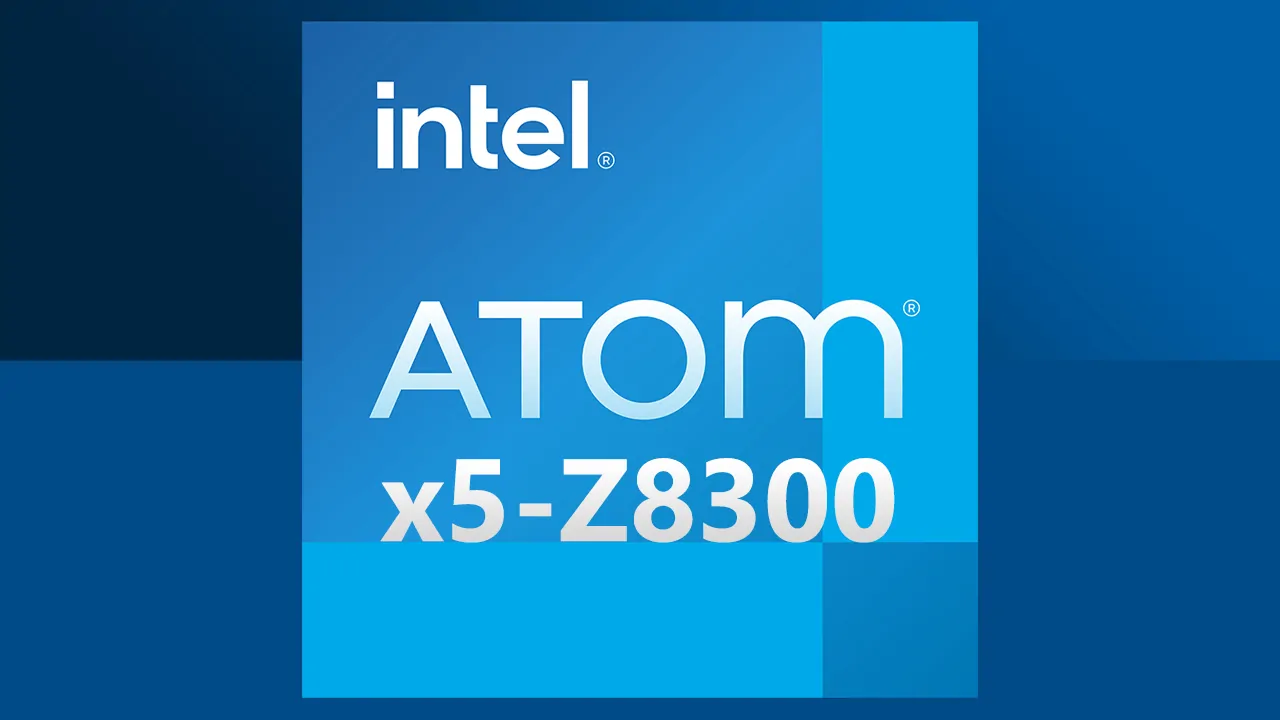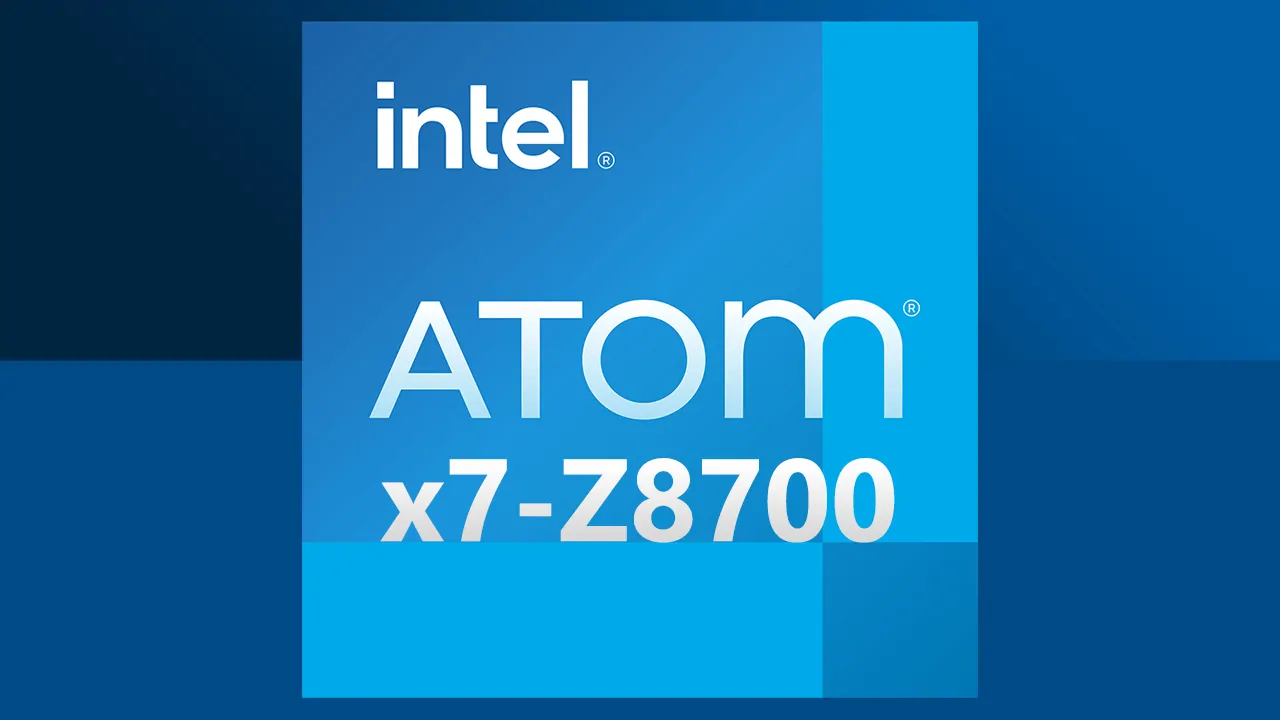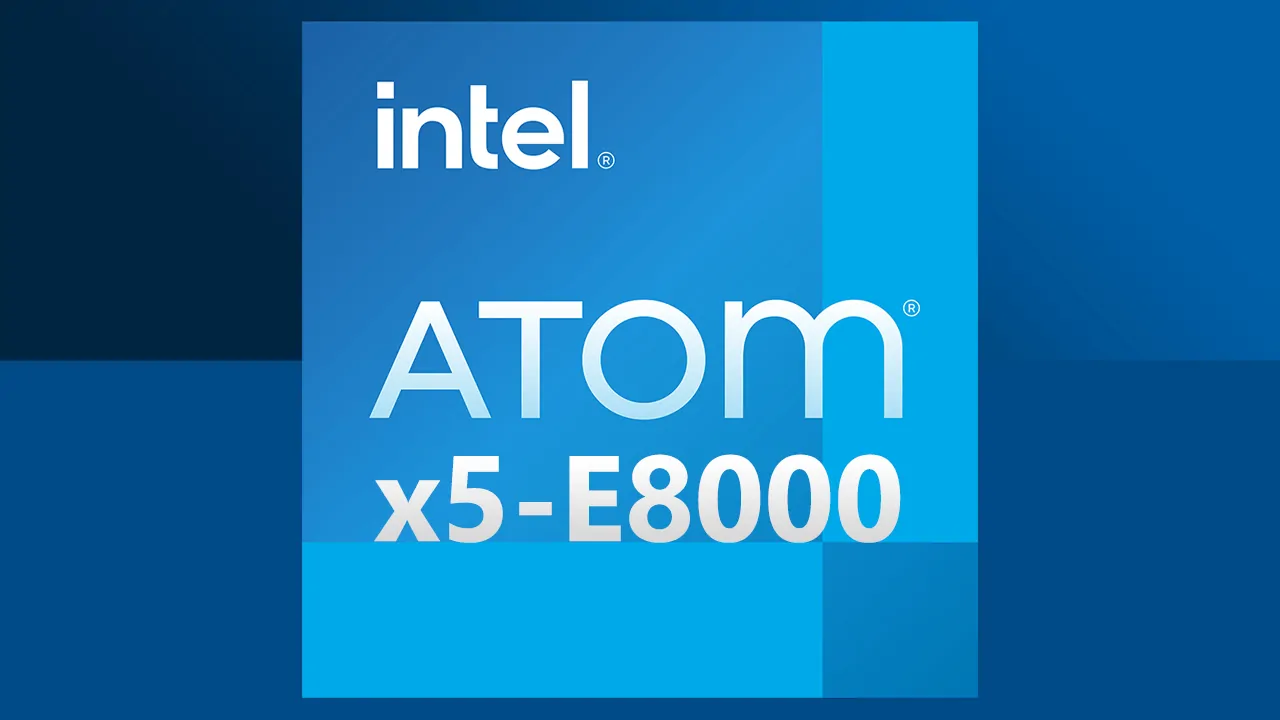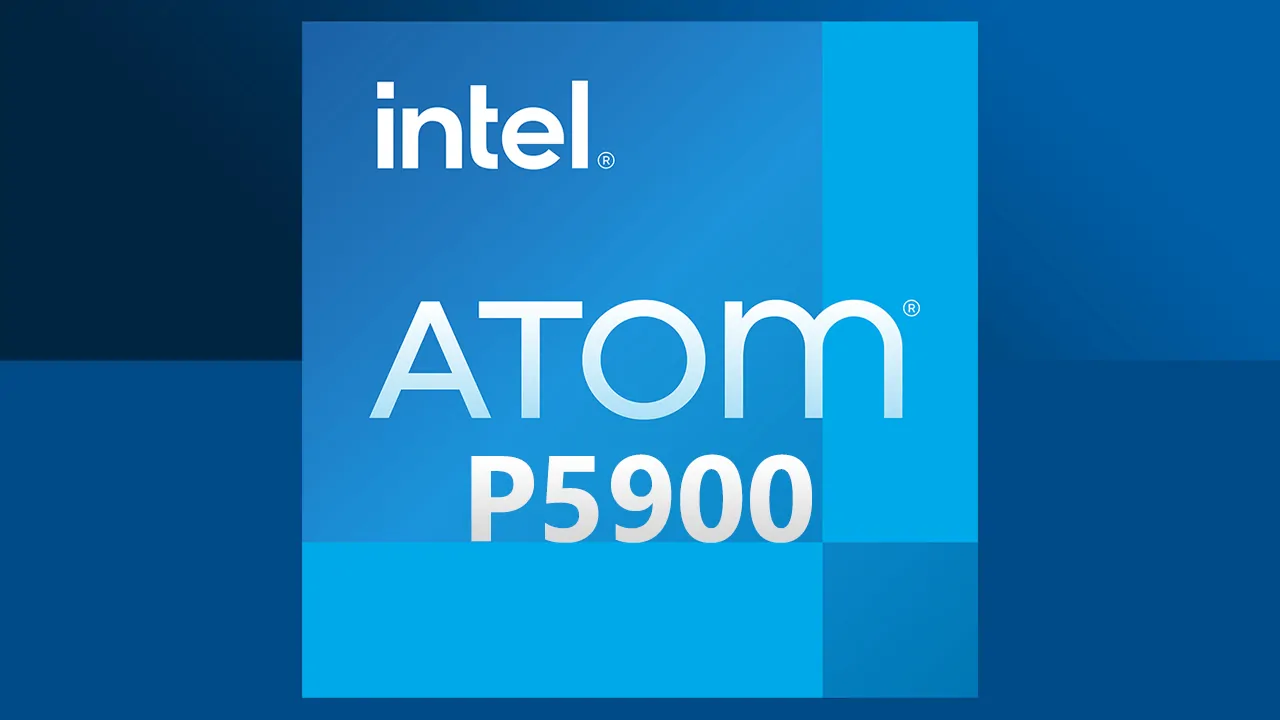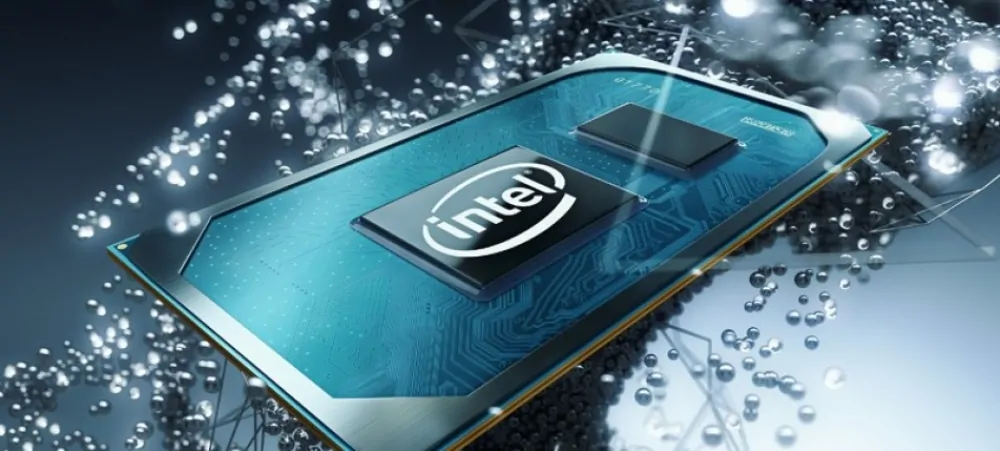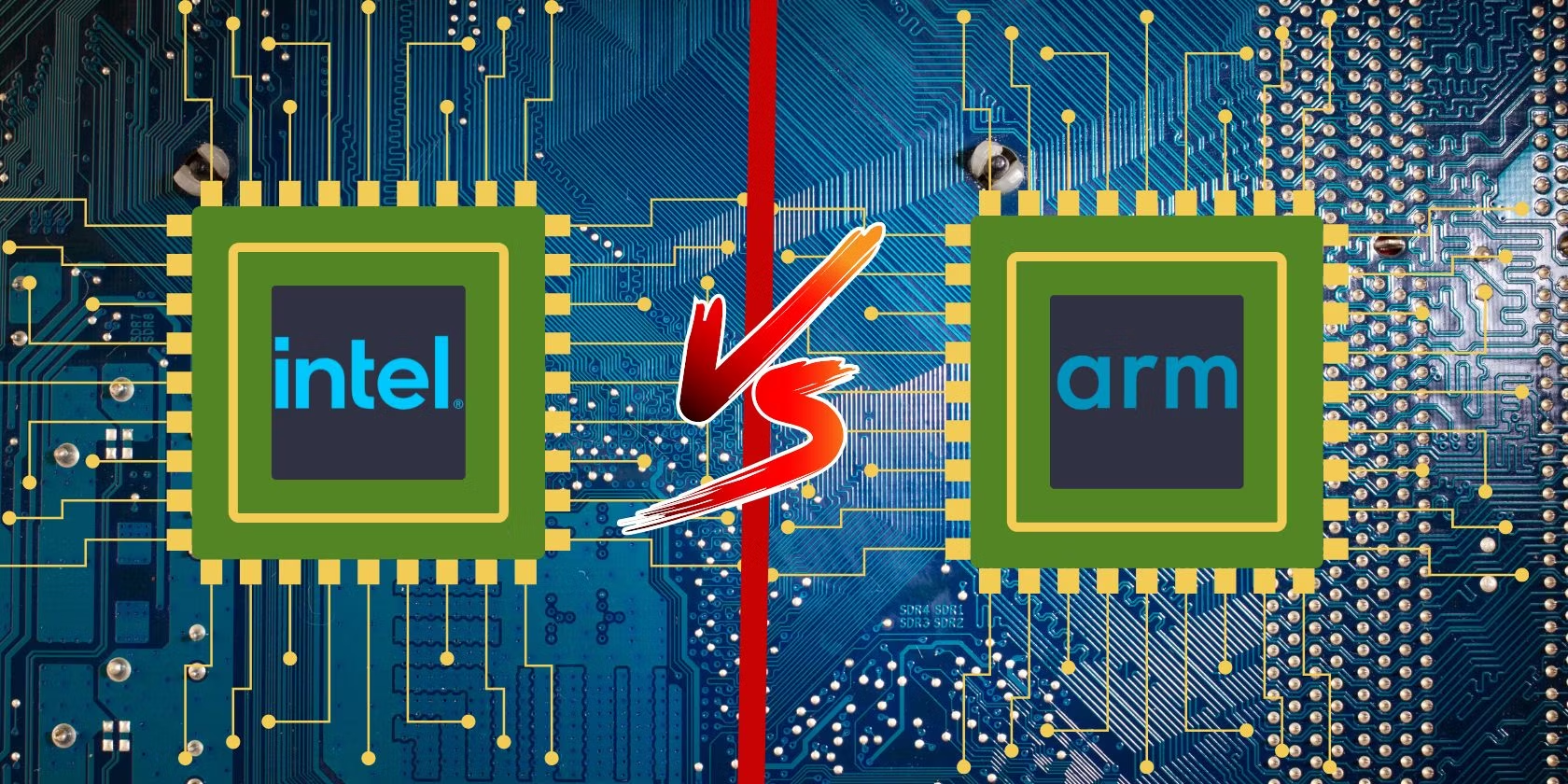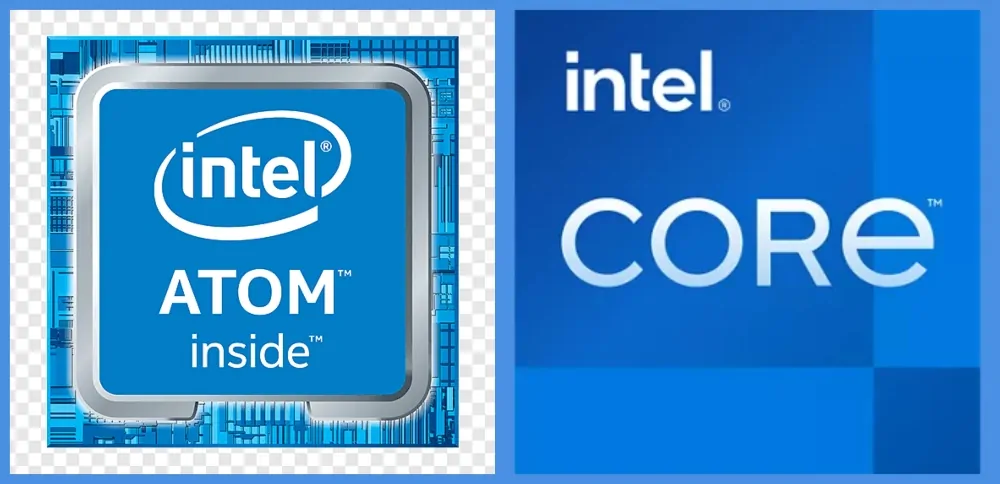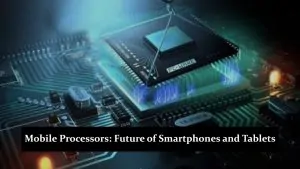The Intel Atom processor, a line of low-power processors designed primarily for mobile phones, netbooks, and embedded systems, has been a key player in advancing low-power computing. Introduced as a solution for energy-efficient computing, the Atom series quickly became essential in evolving portable and small-form-factor devices. Its purpose was to cater to markets requiring extended battery life and sufficient processing power for basic tasks. The Intel Atom processors have played a crucial role in this advancement and enabled the development of lightweight and cost-effective devices without compromising essential functionality.
Versions of Intel Atom Processor
Intel Atom N270
The Intel Atom N270 was one of the first processors in the Atom series, introduced in 2008. Designed specifically for netbooks, it was clocked at 1.6 GHz and featured hyper-threading technology, allowing it to handle basic multitasking efficiently. Its low power consumption made it ideal for portable devices, significantly contributing to the popularity of netbooks at the time.
Intel Atom Z530
The Intel Atom Z530 was introduced as part of the Atom Z5xx series, targeting mobile internet devices (MIDs) and embedded applications. Released in 2008, the Z530 featured a 1.6 GHz clock speed and supported Intel Hyper-Threading Technology, enabling better performance in small form-factor devices. This processor was known for its energy efficiency, making it a popular choice for devices with critical battery life.
Intel Atom Z540
The Intel Atom Z540, also part of the Z5xx series, was launched in 2008, alongside the Z530 but offered a higher clock speed of 1.86 GHz. It was designed for similar applications, including mobile internet devices and embedded systems. The Z540’s increased performance and low power consumption made it suitable for more demanding tasks while maintaining the energy efficiency required for portable devices.
Intel Atom N280
Intel released the Atom N280 in 2009. This processor offered a slight performance boost with a clock speed of 1.66 GHz while maintaining the same power efficiency that the Atom series was known for. The N280 was also commonly found in netbooks, providing users with a reliable and cost-effective solution for everyday computing tasks like web browsing, document editing, and media playback.
Intel Atom Z2760
The Intel Atom Z2760 was launched in 2012 as part of the Clover Trail platform. This processor was specifically designed for Windows tablets and hybrid devices. With a dual-core setup and a clock speed of up to 1.8 GHz, the Z2760 has balanced performance and power efficiency. It is suitable for lightweight tablets and 2-in-1 devices to deliver a smooth user experience while conserving battery life.
Intel Atom Z3740
Released in 2013, the Intel Atom Z3740 was part of the Bay Trail platform, which marked a significant improvement in performance and power efficiency for the Atom series. This quad-core processor, with a clock speed of up to 1.86 GHz, was designed for tablets and other portable devices. The Z3740 supported Windows 8, enabling a full desktop experience on mobile devices while maintaining excellent battery life.
Intel Atom C2750
The Intel Atom C2750, part of the Avoton platform, was introduced in 2013 and targeted microservers and network appliances. This eight-core processor, with a clock speed of up to 2.4 GHz, was designed to deliver high performance in environments with critical power efficiency and space constraints. The C2750 was widely used in data centres and for networking purposes, thanks to its ability to handle multiple tasks simultaneously with low energy consumption.
Intel Atom E3825
The Intel Atom E3825, part of the Bay Trail-I platform, was launched in 2013. It targets embedded applications such as industrial systems, automotive, and healthcare devices. This dual-core processor, clocked at 1.33 GHz, was designed for reliability and extended product lifecycle, with features like error-correcting code (ECC) memory support. The E3825 has balanced performance and low power consumption, making it ideal for critical embedded systems.
Intel Atom Z3580
The Intel Atom Z3580 was introduced in 2014 as part of the Moorefield platform, targeting cell phones and tablets. This processor featured four cores clocked at up to 2.33 GHz and included Intel’s advanced graphics technology, making it suitable for gaming and multimedia applications on devices. The Z3580 was notable for its ability to deliver high performance in a compact, power-efficient package.
Intel Atom x3-C3200RK
The Intel Atom x3-C3200RK, launched in 2015, was part of the SoFIA platform and targeted budget smartphones and tablets. This processor integrated the CPU and modem, providing a cost-effective solution for manufacturers. With a quad-core setup and clock speeds of up to 1.4 GHz, the x3-C3200RK was designed to balance performance and affordability, particularly in emerging markets.
Intel Atom x5-Z8300
The Intel Atom x5-Z8300 was introduced in 2015 as part of the Cherry Trail platform, targeting tablets and low-cost 2-in-1 devices. This quad-core processor featured a clock speed of up to 1.84 GHz and supported 64-bit computing, making it suitable for running modern applications and multitasking. The x5-Z8300 was known for its excellent power efficiency, enabling longer battery life in portable devices.
Intel Atom x7-Z8700
The Intel Atom x7-Z8700 was also part of the Cherry Trail platform, launched in 2015. As a higher-end variant within the Atom series, the x7-Z8700 featured four cores with a clock speed of up to 2.4 GHz and improved graphics performance. It was designed for premium tablets and 2-in-1 devices, offering users a more powerful experience while benefiting from the low power consumption that the Atom processors are known for.
Intel Atom E3940
The Intel Atom E3940 was introduced in 2016 as part of the Apollo Lake platform, targeting IoT and embedded applications. This quad-core processor, with a clock speed of up to 1.8 GHz, offered improved performance and power efficiency compared to previous generations. The E3940 was designed for various applications, from industrial automation to digital signage, providing enhanced graphics and compute capabilities in a low-power package.
Intel Atom x5-E8000
The Intel Atom x5-E8000, released in 2016, was aimed at entry-level desktops, mini PCs, and thin clients. This quad-core processor, with a base clock speed of 1.04 GHz and a burst frequency of 2.0 GHz, provided an affordable option for basic computing tasks. The x5-E8000 was designed to deliver adequate performance for everyday use while maintaining the low power consumption characteristic of the Atom series.
Intel Atom P5900
Launched in 2020, the Intel Atom P5900 processor was part of the Snow Ridge platform, designed specifically for 5G base stations and network infrastructure. This processor integrated Intel’s advanced technologies to deliver high performance and low latency, critical for supporting the demanding requirements of 5G networks. The P5900 was a significant step forward in Intel’s strategy to dominate the network infrastructure market, offering a scalable solution for the next generation of mobile connectivity.
Technical Specifications and Features
Architecture
Intel Atom processors are known for their unique architecture, which prioritises low power consumption without sacrificing essential performance. The architecture has evolved significantly across generations, from the 45nm process in the first generation to more advanced processes like 14nm in later models. Each generation brought improvements in core design, clock speeds, and efficiency. The Atom series also saw the introduction of new microarchitectures, such as Silvermont and Goldmont, which enhanced performance and power efficiency for various applications.
Power Efficiency
One of the key features of Intel Atom processors is their low power consumption, making them ideal for mobile phones, netbooks, and embedded systems. The design focuses on delivering adequate processing power while maintaining energy efficiency, ensuring extended battery life in portable devices. Compared to other processors, Atom processors consistently excel in power efficiency, often consuming significantly less energy than their counterparts, particularly when prolonged battery life is crucial.
Performance
While Intel Atom processors are designed for low-power applications, they still deliver competitive performance for their target market. Performance benchmarks show that Atom processors provide sufficient computing power for everyday tasks such as web browsing, document editing, and media consumption. Atom processors perform well in real-world applications in netbooks, tablets, and IoT devices, offering a good balance between processing power and energy consumption. However, they are intended for something other than high-end computing tasks, where more powerful processors like Intel Core or AMD Ryzen would be more suitable.
Graphics and Multimedia Capabilities
Intel Atom processors have integrated graphics that support basic graphics processing needs. Over the generations, the graphics capabilities of Atom processors have improved, with support for HD video playback, 3D gaming, and multimedia processing. These processors can easily handle tasks such as streaming video, light gaming, and running multimedia applications. While not designed for intensive gaming or high-end video editing, the integrated graphics in Atom processors are more than adequate for typical consumer and embedded applications.
Use Cases and Applications
Netbooks and Low-Cost Laptops
Intel Atom processors significantly adopted netbooks and low-cost laptops, making computing more accessible to a broader audience. Their low power consumption and adequate performance made them ideal for affordable computing devices, allowing manufacturers to produce budget-friendly laptops that met the needs of casual users. The Atom processors helped establish the netbook market, providing a competitive alternative to more expensive processors and influenced the development of similar low-cost computing solutions.
Tablets and Mobile Devices
Intel Atom processors have also been widely used in tablets and smartphones, where their energy efficiency and sufficient processing power offer significant benefits. The Atom series provided a solution for mobile computing by balancing performance with battery life, enabling devices to handle tasks like web browsing, media consumption, and light productivity work. This made them attractive for manufacturers looking to create cost-effective, portable devices without compromising user experience.
Embedded Systems and IoT
The Intel Atom series has found extensive use in embedded systems and Internet of Things (IoT) applications, where low power consumption and reliable performance are essential. Atom processors are ideal for embedded devices such as smart home systems, industrial controllers, and medical devices, offering the necessary processing capabilities within a compact and energy-efficient package. Examples of products using Intel Atom processors include smart thermostats, in-car infotainment systems, and industrial automation controllers.
Automotive and Industrial Applications
Intel Atom processors have been used to power various systems in the automotive and industrial sectors, from in-vehicle infotainment to industrial control systems. The processor’s low power consumption and ability to handle real-time processing tasks suit these demanding environments well. Atom processors provide the computing power in automotive systems for navigation, entertainment, and connectivity features. In industrial applications, they support automation, monitoring, and control processes, helping to enhance efficiency and reliability in critical operations.
Advantages of Intel Atom Processor
- Energy Efficiency: Intel Atom processors are designed for low power consumption, making them ideal for portable devices and systems that require long battery life.
- Cost-Effectiveness: These processors offer manufacturers a budget-friendly option, helping to keep device costs low.
- Small Form Factor: Intel Atom processors’ compact size allows them to be used in space-constrained devices, such as embedded systems and small-form-factor PCs.
- Platform Compatibility: Intel Atom processors are compatible with various operating systems, including Windows, Android, and Linux, providing flexibility across different platforms.
Challenges Faced by Intel Atom Processor
- Performance Limitations: Intel Atom processors offer basic processing power, which may need to be improved for high-performance tasks such as gaming, video editing, or heavy multitasking.
- Market Competition from ARM Processors: ARM processors dominate the phone and IoT markets due to their superior balance of performance and energy efficiency, posing a significant challenge to Intel Atom’s market share.
- Limited Adoption in High-Performance Computing: Intel Atom processors are not widely adopted in high-performance computing environments, restricting their use to specific niches and less demanding applications.
Intel Atom vs. Competitors
Comparison with ARM Processors
When comparing Intel Atom processors to ARM processors, several key differences emerge in performance, power efficiency, and market share. ARM processors are generally recognised for superior power efficiency, making them the preferred choice in mobile phones and IoT applications. While Intel Atom processors also prioritise low power consumption, they typically lag behind ARM regarding energy efficiency and performance-per-watt. ARM’s mobile phone and IoT dominance has resulted in a larger market share than Intel Atom. However, Intel Atom processors still offer competitive performance in certain use cases, particularly where x86 architecture compatibility is required.
Comparison with Intel Core Series
Intel Atom and Intel Core processors are designed for different target markets and offer distinct performance characteristics. While Intel Core processors are built for high-performance computing tasks, such as gaming, content creation, and professional applications, Intel Atom processors are optimised for energy efficiency and cost-effectiveness. The Intel Core series is aimed at users who need substantial processing power.
Intel Atom processors cater to markets prioritising battery life, portability, and affordability, such as netbooks, tablets, and embedded systems. The significant performance gap between the two makes Intel Core processors more suitable for demanding tasks, while Intel Atom is better suited for lightweight, everyday computing.
Conclusion
Intel Atom processors have played a crucial role in the evolution of low-power computing, offering energy efficiency, cost-effectiveness, and a small form factor suitable for various applications. From netbooks and tablets to embedded systems and IoT devices, Atom processors have made affordable and portable computing accessible to many. While they face competition from ARM and other low-power processors, Intel Atom remains relevant in specific markets where its unique advantages shine.
